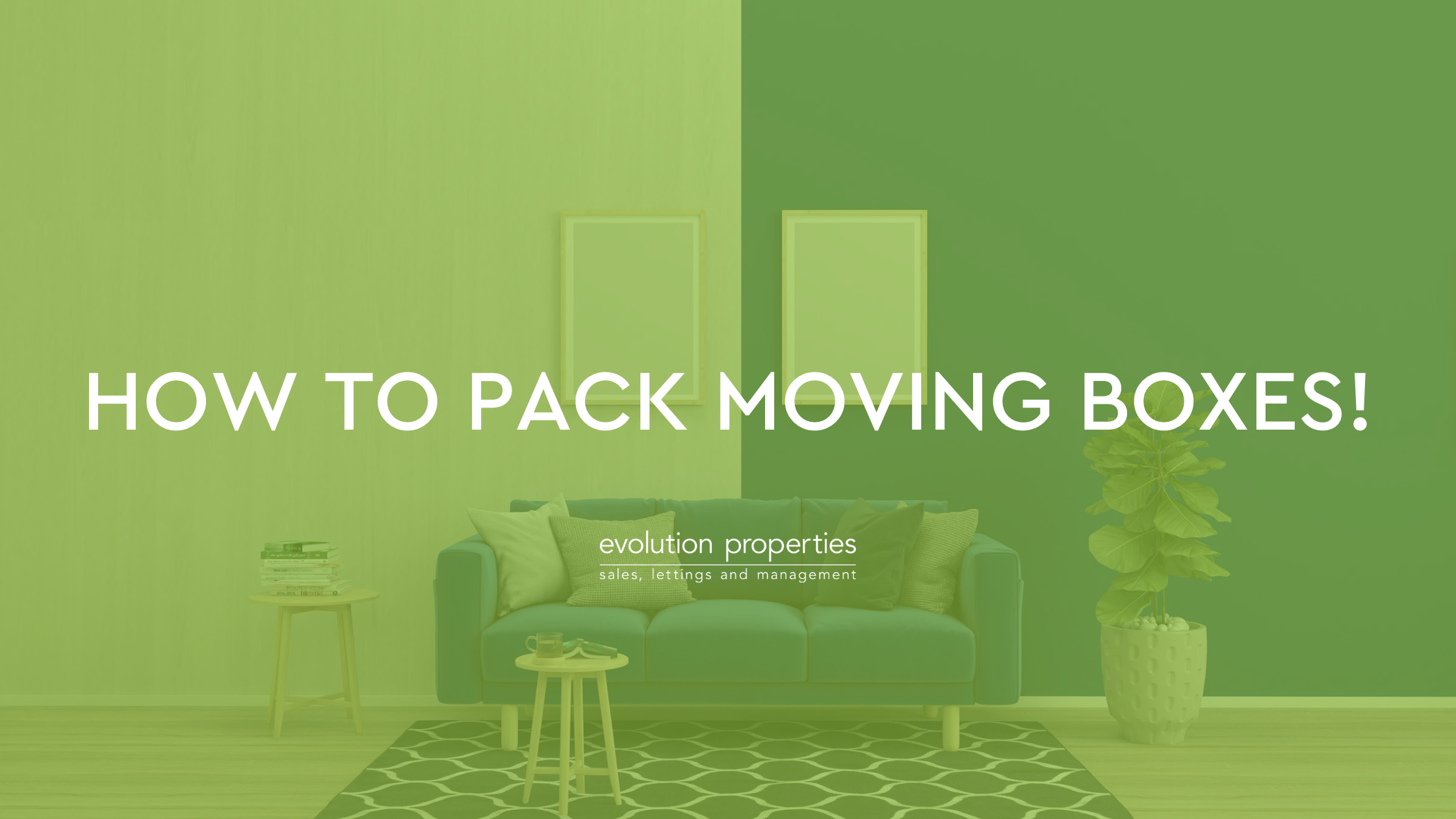How to pack moving boxes!
Moving is a stressful event, and it can be tempting to just throw all your belongings into boxes and hope for the best. However, there are ways to make the experience much less painful (and expensive). The best way to do this is by packing smartly:
1. Use strong boxes
The most important guideline is to use the right kind of box. The flimsier ones are just not sturdy enough to handle the amount of stress caused by moving, so you should stick with strong boxes that can hold at least 50 pounds. They should also be packed with contents in mind (i.e., don’t use an oversized box for something small). Additionally, try not to overload your packing materials; it will make them harder for others to carry and could cause them harm if they get dropped on a foot or toe!
If you follow these simple guidelines, your moving day will go more smoothly than ever before!
2. Start clearing out early
If you’re like most people, you probably have too much stuff. After all, no one really needs 100 pairs of socks and 500 T-shirts, right?
If you get rid of things before your move, it will be much easier to fit everything into your new place. This also means that when you arrive at your new home, there won't be a ton of boxes waiting for unpacking!
The best part is that getting rid of stuff can be fun -- especially if the items are broken or old or ugly (which they probably are). If they're damaged beyond repair and don't work anymore, throw them away! You don't want to be stuck with something that doesn't work in the future either; not only would it take up space in your home but also space in your mind as well.
3. Pack by room
When you're packing, it's important to keep the room you are in clear of boxes. This will help you stay organized and find things more easily when it comes time to unpack. If you have a lot of stuff and don't want to move everything at once, consider moving boxes into different rooms according to what they're holding (clothes in one closet/room, kitchen items in another). You can also label each box with a post-it note or Sharpie marker so that everything is easy for your movers to identify when they arrive!
Also make sure that if there are any items left over from previous moves, these go back into their original places (for example, the large dining table goes back into its spot). In general: pack by room instead of by category (bedding vs towels vs bath accessories), as this makes unpacking much easier later on!
4. Label everything
It's important to label your boxes clearly. Your labels should be placed on the side of the box, not on top. This allows you to see what is in each box without having to open it up and risk damaging its contents. Also, avoid using tape or glue because they are difficult to remove from cardboard surfaces and can leave residue that could damage your belongings when unpacking them at your new home. Avoid using markers with lots of ink that bleed through cardboard – we recommend using a permanent marker instead!
5. Ask your neighbours for boxes
Ask your neighbours for boxes
The best way to get moving boxes is from your own community. Chances are, there will be plenty of people who won't need the boxes anymore after the move, so ask around and see if you can get your hands on some. If nobody has anything for you, don’t worry! There are plenty of other places where you can get free or cheap moving supplies.
Ask the postman or delivery men for boxes
If asking friends and family didn't pan out either, consider asking the postman or delivery man (or woman). They may have quite a few extra empty cardboard boxes lying around their trucks after they deliver them to local businesses and homes every day—and they'll likely be happy to give them away!
6. Invest in the right packing materials
Now you know how to pack your boxes, but what about the actual boxes? How do you know what kind of box to buy for your stuff?
If you're moving a few items from one apartment to another, odds are that you'll be using the same size box throughout. However, if this is a big move and involves multiple trips, it's best to get some variety in there. Here are some things to keep in mind:
Buy sturdy packing material. Make sure that whatever you buy can handle the weight of whatever you put inside it—you don't want heavy items breaking through flimsy cardboard! And while we're talking about strength...
Be efficient with space when storing your belongings during transit. If possible (and legal!), avoid stacking heavier things on top of lighter ones (like books on top of clothes) so that none get crushed under weight during transport. It might seem like common sense now but trust me — once everything is packed up tightly into those cardboard boxes at home or work there won't be any room left over for error here!
7. Fill all empty space in boxes
Once you've got your empty box ready, it's time to fill it with stuff. Pack the bottom first, and then pack around the sides next. If you're using bubble wrap or packing peanuts, be sure to use a lot of them—there should be at least half an inch of padding on all sides of each item in your box.
Once you've packed all the empty space around your items, put some more filler in any gaps that are visible between the walls of boxes and other items. You don't want anything shifting while it travels!
8. Keep all the essentials together
Keep your essentials together in one place. You'll need a box for each family member to store their most important belongings, like birth certificates and passports. If you have trouble remembering which box contains what, tape the list of contents inside the box or write it on the lid so it's easily visible from outside the box when it's packed away. You'll be able to see at a glance if everything is in order without having to unpack every single thing!
Place this box with all others containing important documents, such as legal papers and insurance policies. This way they won't get mixed up with other things that weren't meant for packing (like baby toys).
9. Create a ‘First Night Crate’
If you don't want to make a lot of trips back and forth from your new place on moving day, it's best to create an entire crate full of essentials that will get you through the first night in your new home. This is especially helpful if you'll be unpacking boxes into the wee hours of the morning or night. You can use any large box, but we recommend keeping your First Night Crate together in one room — for example, kitchen items in one box and bathroom items in another — so it's easy to find everything when it comes time to unpack.
Your First Night Crate should include:
The essentials needed for each room (bed linens/toilet paper/soap)
Kitchenware (coffee maker/pots & pans)
There are lots of ways to help make your move easier!
Use strong boxes. If you’re going to hire movers, they’ll tell you that the key to a successful move is having strong packing materials. You don’t have to spend a fortune on cardboard, but it should be sturdy enough that it won't break easily when it's lifted by a moving company or carried into an elevator during the process of moving day.
Start clearing out early. The sooner you start clearing out your old place and packing up belongings for storage and/or donation, the less likely you are to get stuck in an extended limbo between houses and apartments where everything piles up around you—and takes over all available space in your new home too! No one wants that!
We hope these tips will help you in your move. Remember: cleaning out and packing up early always makes things easier!
Would you like some more moving advice? Got a few bits that you want doing before you move but not sure what? Contact us today on 01233 501601 or speak to Oli or Andrew.





Share this with
Email
Facebook
Messenger
Twitter
Pinterest
LinkedIn
Copy this link